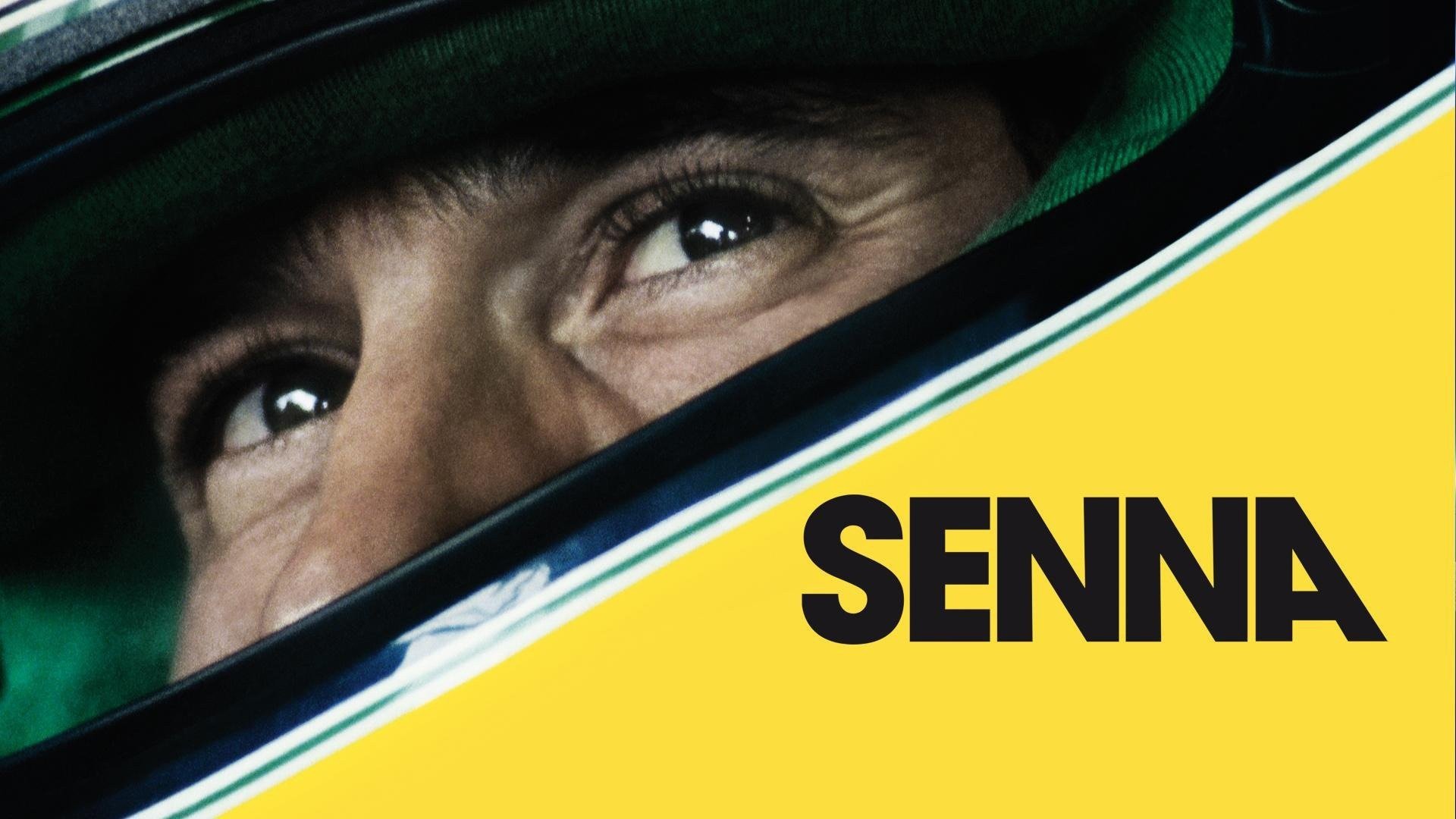Senna
London-born Director Asif Kapadia has created a stunning documentary on the life and untimely death of one of our generation’s greatest Formula One drivers – Ayrton Senna.
Skilfully cutting together miles of footage (some of it unseen until now) from the F1 archives he delivers a hypnotic story of a man who was born to be a champion.
Kapadia’s master stroke is to stick to the adage of ‘less is more’. He chooses a simple narrative told through the voices of those people who knew him best (mother, sister, manager, doctor and rival). Refreshingly, these voices talk with total honesty. They are happy to remember the good (and bad) of the man they knew, particularly in the case of Senna’s bitter rival, Alain Prost.
Kapadia’s master stroke is to stick to the adage of ‘less is more’
The finishing touch is a feverish soundtrack from Brazilian composer Antonio Pinto. This drives the film but never toys with your emotions. It doesn’t need to, the footage itself does that.
Ayrton Senna de Silva (to give him is full name) began his F1 career when he joined Toleman in the late 1970’s. This followed a major success on the go kart circuit – something that he would describe as ‘pure driving’. It then continues through his time at Lotus and then McLaren where he would go on to win three world titles in quick succession whilst duelling with his opponent and some-time team mate Prost.
Senna was a high spiritual man who loved his country and countrymen and they adored him in return.
He was also a highly intelligent man which led to him questioning the system and to conflicts with FISA President Jean-Marie Balestre. Previously unseen footage reveals the extent of the bureaucracy and some interesting encounters in the driver meetings where the full extent of Balestre egomania is revealed. This prompted wry laughter from my fellow audience members.
Also, don’t be fooled into thinking that the film is completely serious. There are some great interviews with Senna which are light-hearted, especially when he turns on his obvious natural charm ‘with the ladies’.
Kapadia skilfully builds the tension throughout and the sense of impending doom leading up to that final fateful weekend in April 1994 is palpable and sometimes unbearable.
the impending sense of doom . . . is palpable and sometimes unbearable
The final reel of the film focuses on that weekend. One that would see Senna’s fellow countryman and protégé Rubens Barrichello involved in a horrific crash – he luckily survived. Then followed by the death of Austrian Roland Ratzenberger, something which had a profound effect on Senna who was already wracked with doubts after joining Williams Renault that season.
Senna’s crash, as with all those shown in the film, is sensitively portrayed and Asif Kapadia never feels the need to sensationalise or show gruesome footage. You can’t help but be moved by what you witness even though we know that F1 drivers know the risks all too well. Sure, they can be killed any time they step out onto the track, but this doesn’t make it any less impactful.
The last few minutes are dedicated to the outpouring of national grief that followed Senna’s death. Senna received (it appears) a full state funeral and the scenes of people lining the streets on the day of his funeral. Scenes that rival anything the UK experienced following the death of the Diana, Princess of Wales.
Kapadia uses the end credit to feature some of the highlights of Senna’s short life (he was just 34 when he died) and I can honestly say I’ve never known so many people stay to watch the credits until the end.
Senna is a great film that I won’t forget easily. I urge you to go and see it while you can even if you don’t know or care what F1 is.

